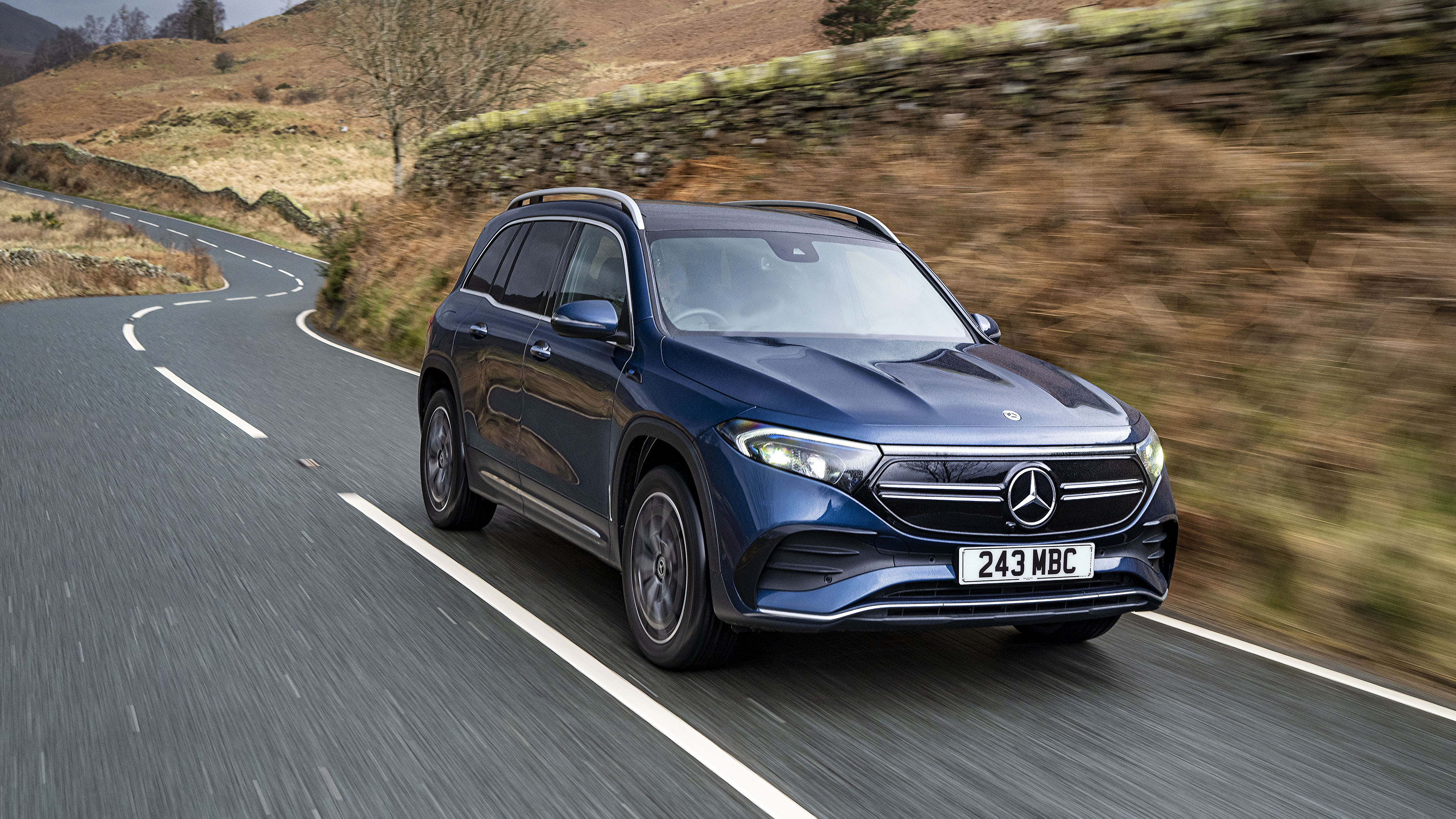5 mistakes everyone makes when driving an electric car
Electric vehicles are fun and environmentally friendly, but it's easy to fall into these really common traps, especially if you're used to driving petrol cars


I am a massive fan of electric vehicles. They're fun to drive, often packed with the latest technology, and they're great for the environment as well. I'm not the only one who has seen the appeal, with EVs now more popular than ever in the UK.
But, driving electric vehicles does require a change in driving habits, and with more and more people switching from internal combustion engines to electric vehicles, it's very likely they will be making some common mistakes. I've been lucky enough to review countless EVs over the years, and there are some simple tricks I've learnt over that time that I really wish I'd known when I first started driving them.
I'm guessing these simple tricks will be useful for other people too, and, as such, here are the mistakes you can easily avoid in order to make your electric vehicle adventure so much better.
Once you've finished reading this article, make sure you read our guide to the mistakes everyone makes when charging an electric car.
1. Using the wrong regenerative brake settings
Pretty much every electric vehicle features regenerative braking, which feeds energy back into the battery when the car starts to slow down. Many EVs will let you choose the level of brake regeneration, with higher levels that feed more energy into the battery and slow you down faster, or lower regeneration, which allows you to coast like an ICE car.
One common EV driving mistake I've noticed is that people use the wrong level of regen. You'll want a high level of regeneration when you're in built-up areas and stop/start traffic, and you'll want a low level of regeneration when you're on a free-flowing motorway. This will help you eke out extra miles from the battery.
Some of the latest electric vehicles I've driven, such as the Mercedes EQS and EQB now have an automatic setting, which aims to predict what level of regeneration you'll need.
Get all the latest news, reviews, deals and buying guides on gorgeous tech, home and active products from the T3 experts
2. Going faster than the speed limit
This not only makes sense from a safety and legal perspective – you don't want to get any speeding tickets – but driving slower will also extend your battery life. This point is especially important at motorway speeds. The Department of Energy says cutting your speed by 10mph, where possible, can result in the car using 14-percent less power.

3. Excessive acceleration and abrupt braking
Electric car acceleration is quick and extremely addictive, but if you're trying to get the most out of your battery then you'll have to resist the urge to floor it at every traffic light and junction. Just like in an internal combustion-engined car, accelerating hard uses more energy. Instead, be feather-light with your right foot.
You'll want to be equally smooth when you're slowing down, too. If you stop abruptly the car will use its brakes, and not use motor regeneration to produce extra battery life. It's much better to lift off the accelerator and let the regen slow you down – only using the brakes in an emergency situation.
4. Not taking outside temperature into account
It's always worth remembering that extremely cold temperatures can significantly reduce the driving range of electric vehicles. If your EV could drive 250 miles in between charges in summer, don't be surprised if you wake up on a cold winter morning to find that range reduced. When it gets really cold, you should keep your electric vehicle plugged in.
5. Using aircon and heated seats when not necessary
Okay, this sounds like a silly one but it's easy to do – especially if you're used to driving an ICE car.
For example, I was recently trying to complete a long round trip in an EV, about halfway into the journey my wife says 'I'm getting too hot with the heated seat on'. It was a real facepalm moment.
If you're really trying to extend your car's battery life, really consider whether you need the air-con or heated seats on.

As the Style and Travel Editor at T3, Spencer covers everything from clothes to cars and watches to hotels. Everything that's cool, stylish, and interesting, basically. He's been a part of T3 for over seven years, and in that time covered every industry event known to man, from CES and MWC to the Geneva Motorshow and Baselworld. When he's driving up and down the country in search of the greatest driving roads, he can be found messing around on an electric scooter, playing with luxury watches, or testing the latest fragrances.